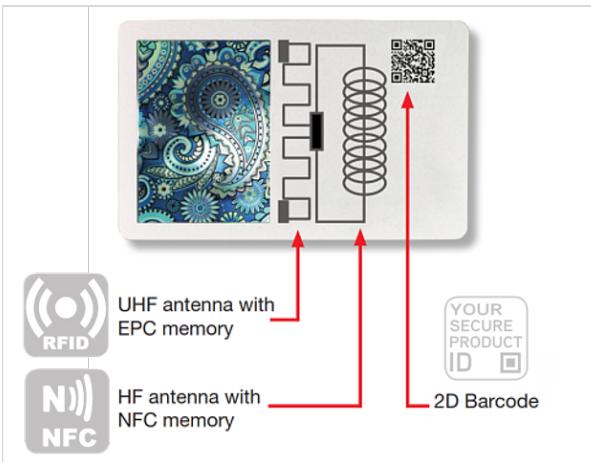2.1 Risk scenarios This section of the report describes three different risk scenarios related to agro-mafia, to show how organized crime can explore vulnerabilities in the food sector. The scenarios are dedicated respectively to the infiltration of the dairy supply chain, parallel market for catering supplies, and the criminal infiltration of online supermarket chains for home delivery of fake food. Subsequently, the report analyses possible technology-based solutions aimed at limiting risks highlighted by the scenarios.
2.1 Risk scenarios Three risk scenarios have been elaborated in the area of agri-food mafia. Risk Scenario 1: Infiltration of Dairy Supply Chain (milk and products made from or containing milk) Always on the lookout for high profits at low risk, the ringleader of a well-structured organized crime group is operating in a country in which renowned vegetables are grown, and different types of cheese are produced. The criminal group intends to infiltrate the dairy supply chain. To do so, it develops and implements the following criminal business model: Step 1. Control of the distribution market: the criminal group takes over numerous restaurants and supermarkets. By entering into contact with businesses facing economic difficulties, the criminal group offers loans at extremely high interest rates with violent terms of collection upon failure (loan sharking). When the owners are unable to pay back the loan, the criminal group entrusts their businesses to a network of frontmen with no criminal record. They are now under the control of organized crime. Step 2. Control of the supply chain: the criminal group uses original packaging of the businesses it controls to market substandard and fraudulent products. Consumers are unaware of the change in ownership of the companies and continue to purchase their products. Step 3. Copying local producers’ design: a clandestine sweatshop (a small factory, in which workers are paid meagre amounts and work many hours in very bad conditions) is installed. The associates copy the design, packaging and trademark of well-known local producers. This step adds to the infiltration of substandard products into the supply chain highlighted in step 2. Step 4. Procurement of low-level milk or dairy products: through its contacts with other criminal associates operating in the neighbouring countries, the criminal group obtains low-cost dairy products, produced under unsanitary conditions or with the use of contaminated raw milk. The criminal group packages the low-cost dairy products with falsified labels that imitate the design of legitimate and well-known local producers. This step will also allow the criminal group to pass the blame for unsafe products onto its legitimate competitors. Step 5. Distribution of the falsified goods: the criminal group uses its comprehensive and well-structured network, which includes dozens of wholesalers and supermarkets controlled by its frontmen, to infiltrate the distribution of dairy products. As a result, counterfeit and substandard products are delivered to unsuspecting retailers. After a year, the infiltration of the dairy supply chain allows the group to generate several million euros in illicit profits. The criminal group infringe the intellectual property rights of the country’s legitimate dairy producers, while disrupting fair competition and reducing fiscal revenues. In the same period, the National Health Service reports an inexplicable surge in cases of food poisoning. Risk Scenario 2: Parallel Market for Catering Supplies The same criminal group, operating in the same territory, intends to increase its control over the legal economy and fully exploit the opportunities created by their grasp over licit businesses in the catering industry, by implementing the following business model:
21











